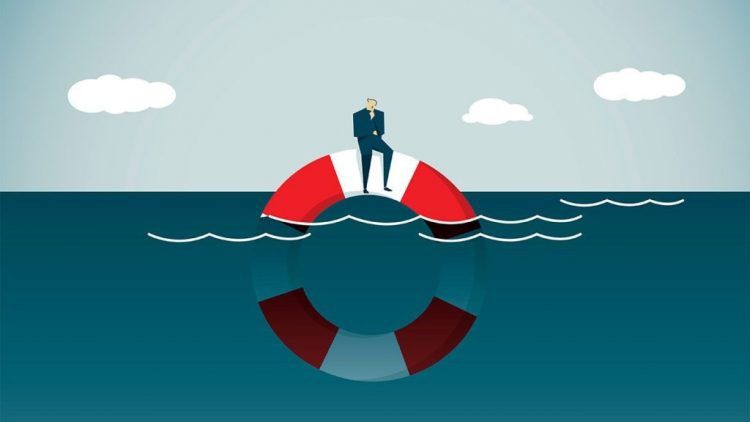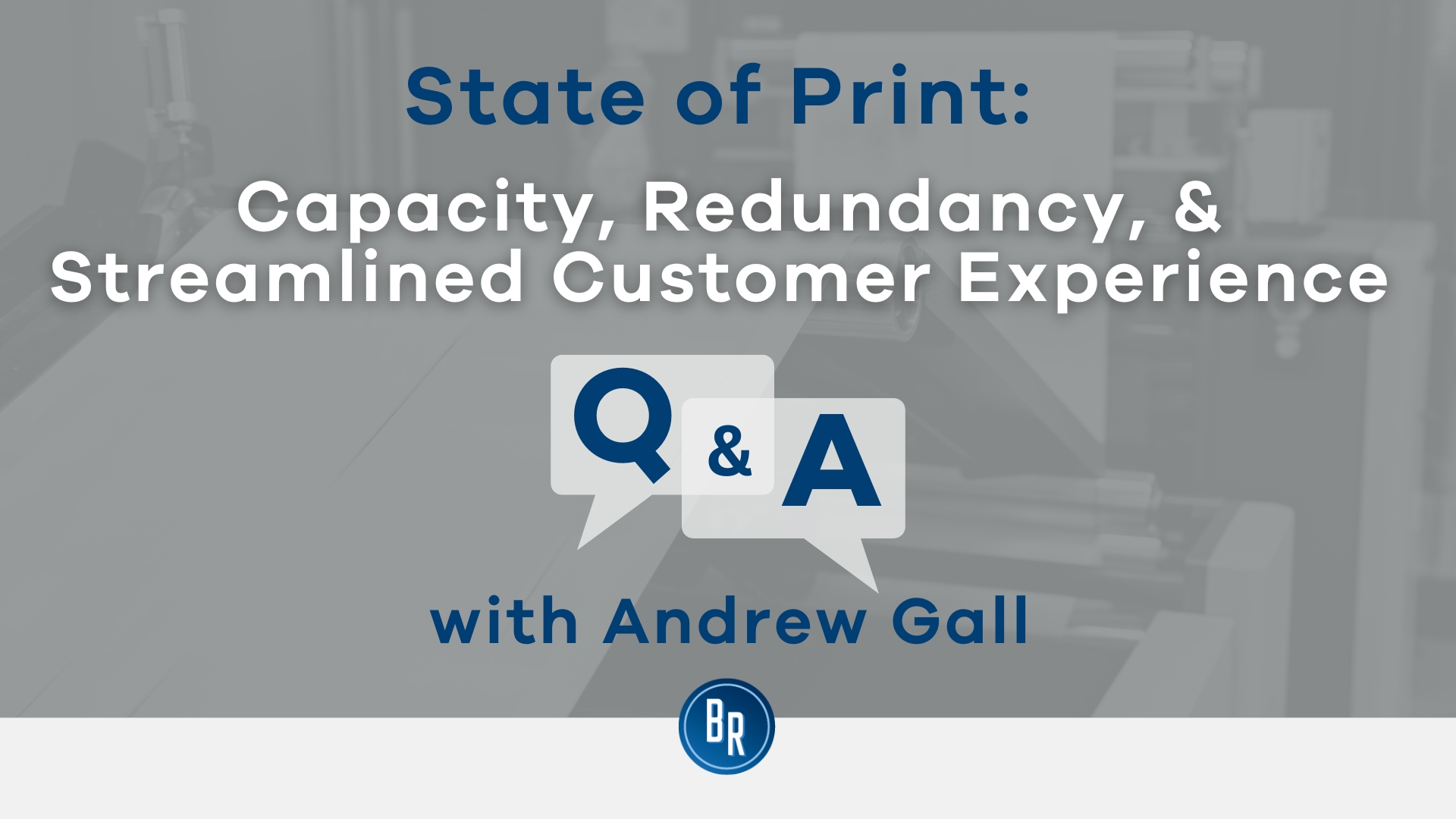If a Company Goes Bust Who Pays Redundancy? Legal Insights for UK Employees
Wiki Article
Exploring the Interaction In Between Firm Redundancy and Business Flexibility for Future Development
In the vibrant landscape of today's business world, the elaborate partnership between company redundancy and business flexibility emerges as a vital factor for continual development and success. Firms commonly encounter the difficulty of striking a fragile equilibrium between maintaining a level of redundancy to mitigate risks and fostering versatility to respond quickly to the ever-evolving market needs.Importance of Firm Redundancy
Business redundancy is an important aspect that boosts organizational strength and alleviates operational risks. By incorporating redundancy procedures within the organizational framework, companies can much better stand up to unpredicted interruptions and fluctuations in business atmosphere. Redundancy serves as a strategic buffer, permitting firms to adjust and respond effectively to unforeseen obstacles without jeopardizing necessary operations.One key facet of the relevance of business redundancy is its role in ensuring continuity throughout times of situation. When faced with abrupt adjustments or emergencies, redundant systems, resources, or personnel can step in to preserve important functions and prevent extensive interruptions. This connection not only safeguards the business's reputation and client trust fund yet likewise minimizes economic losses and functional downtime.

Strategies for Organizational Flexibility

An additional crucial technique is investing in modern technology and facilities that can support flexibility and scalability. Implementing electronic devices, automation, and information analytics can improve operations, boost performance, and offer important insights for notified decision-making. In addition, producing adaptable business frameworks that enable fast adjustments to market dynamics and consumer needs is important for staying competitive in a quickly progressing environment. By proactively identifying possible disturbances and possibilities, companies can proactively adapt and flourish in an ever-changing company landscape.
Balancing Redundancy and Flexibility
Attaining a harmonious stability between functional redundancy and business versatility is vital in browsing the complexities of a dynamic company setting. Striking the best balance between redundancy have a peek here and versatility is a delicate procedure that calls for a deep understanding of the organization's objectives, market characteristics, and danger resistance.To accomplish this balance, companies require to conduct normal assessments of their procedures to determine areas where redundancy is required for danger reduction and where versatility can drive technology and development. Implementing versatile frameworks, fostering a society of continual understanding and improvement, and urging open communication across all degrees of the organization are vital techniques to integrate redundancy and adaptability effectively. By straightening these 2 critical elements, firms can position themselves for sustainable growth and success in an ever-changing organization landscape.
Case Researches on Adjustment Success
In analyzing instances of effective business adjustment, it becomes apparent that the interplay between operational redundancy and flexibility is a specifying factor in forming durable companies. A DVD rental service, Netflix demonstrated remarkable flexibility by transitioning right into a streaming system when digitalization disrupted the sector. These situation researches emphasize the significance of functional redundancy combined with business adaptability in promoting lasting growth and competitiveness.Structure Durability for Future Development
Structure strength for future development needs a critical placement of operational processes with market dynamics and arising fads. Firms must adjust to transforming settings by promoting a culture of versatility, technology, and constant enhancement. Durability involves not only getting better from problems however likewise proactively getting ready for future challenges. One crucial element of building resilience is purchasing durable risk management methods to reduce potential disruptions. This consists of circumstance planning, diversifying supply chains, and creating contingency prepare for different backups (who pays redundancy money).Moreover, cultivating strong connections with stakeholders, such as consumers, workers, vendors, and the community, is crucial for maintaining and weathering unpredictabilities depend on and assistance during turbulent times. Efficient interaction and transparency play an essential role in building resilience, as they aid line i loved this up expectations and help with collaboration in navigating uncertainties.
In addition, organizations require to prioritize understanding and advancement efforts to upskill staff members and equip them with the required devices to adjust to changing conditions. By purchasing their workforce, business can enhance their versatility and dexterity, eventually reinforcing their durability for sustainable future development.
Verdict

In the dynamic landscape of today's business globe, the intricate relationship between business redundancy and business adaptability arises as an essential factor for sustained development and success. Firms frequently deal with the challenge of striking a delicate balance between keeping a level of redundancy to mitigate dangers and promoting versatility to react promptly to the ever-evolving market needs.To accomplish this equilibrium, firms need to conduct routine assessments of their procedures to determine locations where redundancy is required for risk mitigation and where versatility can drive advancement and development.In final thought, the interplay between company redundancy and business flexibility is vital for future development. Building durability with a combination of redundancy and flexibility will make certain that business are prepared for the challenges of the future.
Report this wiki page